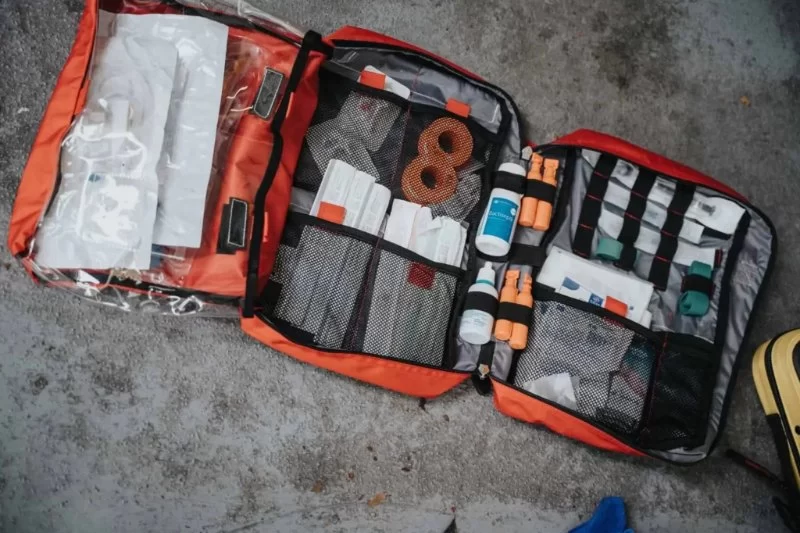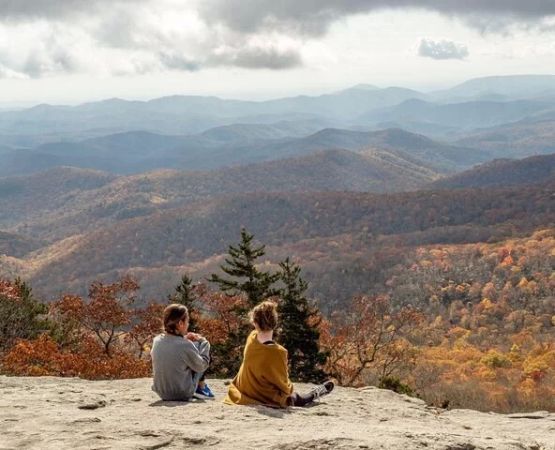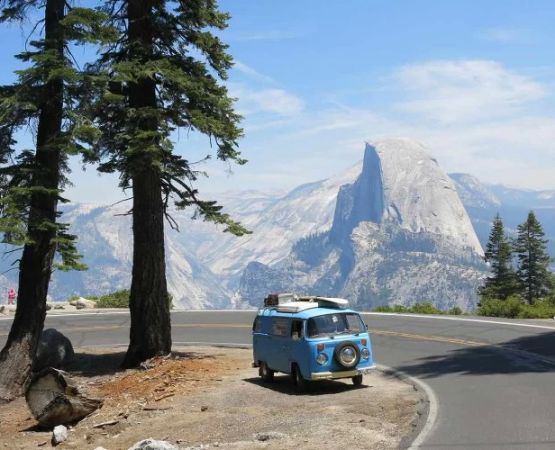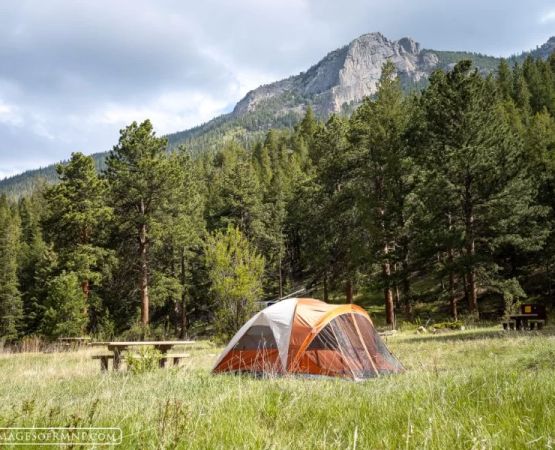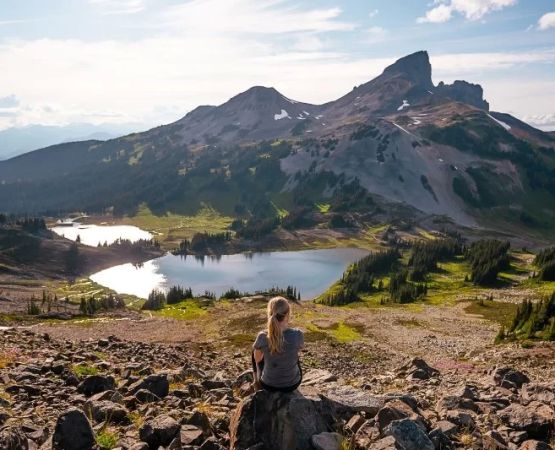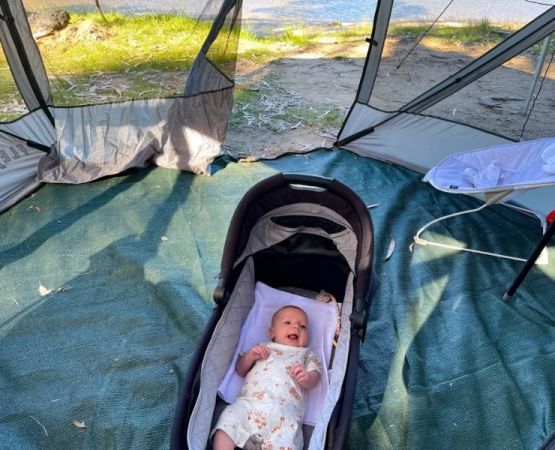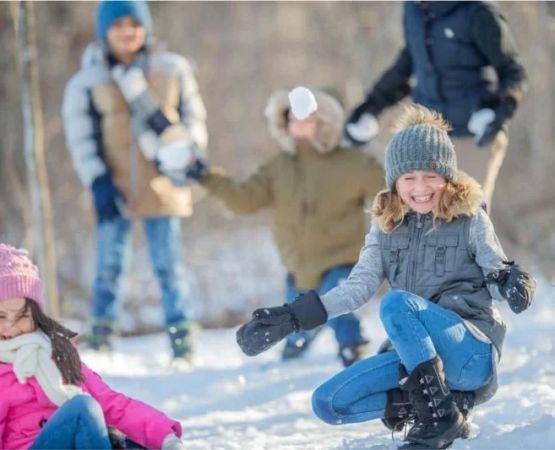- 1 - Why a Group-Specific First Aid Kit Matters
- 2 - Essential Items for Backpacking First Aid Kits
- 3 - Adjusting the Kit for Group Size and Trip Length
- 4 - Real Stories That Highlight Preparedness
- 5 - Expert Tips for Organizing and Carrying Your Kit
- 6 - Long-Term Value of a Reliable First Aid Kit
1. Why a Group-Specific First Aid Kit Matters
When you’re heading into the wilderness with friends or family, a backpacking first aid kit is more than just a precaution—it’s a lifeline. Individual kits are fine for solo trips, but group adventures require a broader range of supplies. Minor cuts, sprains, or altitude sickness can become big problems if you’re far from medical help. Choosing the right kit ensures the whole group is covered, giving peace of mind that everyone’s health is supported. At Pine Cliff Resort, many experienced campers stress the importance of preparedness as a key to enjoying nature safely.
2. Essential Items for Backpacking First Aid Kits
A well-stocked kit should include wound care supplies like antiseptic wipes, adhesive bandages, gauze, and medical tape. For group trips, you’ll also need items that handle more complex issues: elastic bandages for sprains, blister pads, burn cream, antihistamines, and rehydration salts. Don’t forget personal medications—these can be critical if someone forgets or loses theirs. Some advanced kits even include splints and emergency blankets, which are invaluable in more remote conditions. Tailoring the kit to your environment—whether desert, mountain, or forest—ensures better readiness for unexpected challenges.
3. Adjusting the Kit for Group Size and Trip Length
Not all first aid kits are created equal. A two-day hike with four people has very different needs than a weeklong trek with ten. Larger groups require multiples of the basics: extra bandages, pain relievers, and hydration aids. Long trips may call for more durable gear, such as water purification tablets or even a small suture kit. Think of your kit as scalable—you can add or remove items depending on the number of participants and the remoteness of your destination. Overpacking wastes space, but underpacking risks group safety.
4. Real Stories That Highlight Preparedness
One backpacking group in Colorado learned the value of preparation when a member sprained an ankle halfway through a trail. Thanks to a well-packed first aid kit with elastic wraps and pain relief medication, the group stabilized the injury and completed the trip safely. In another case, a family camping trip in the Adirondacks was interrupted by a severe allergic reaction. An EpiPen and antihistamines in their kit saved valuable time until professional help could be reached. These stories show that accidents don’t discriminate—and preparation makes all the difference.
5. Expert Tips for Organizing and Carrying Your Kit
Experts recommend keeping your first aid kit organized with labeled pouches or waterproof bags for quick access. Assign one person in the group as the “kit keeper,” but make sure everyone knows where it is. Practice using items like splints or wraps before you need them; panic in the moment can make simple tasks difficult. Carry the kit in a lightweight, waterproof case to protect it from the elements. Finally, review the contents before each trip—expired or missing items can render your kit less effective.
6. Long-Term Value of a Reliable First Aid Kit
Investing in a high-quality backpacking first aid kit pays off in the long run. Durable tools, reliable medications, and organized layouts make a difference when stress levels are high. More importantly, a dependable kit fosters confidence, allowing groups to focus on the adventure rather than potential mishaps. Whether it’s hiking, camping, or extended wilderness travel, the right first aid kit isn’t just about safety—it’s about ensuring the best possible experience outdoors. For those planning group trips, making this choice thoughtfully can be the difference between a minor inconvenience and a trip-ending emergency.

